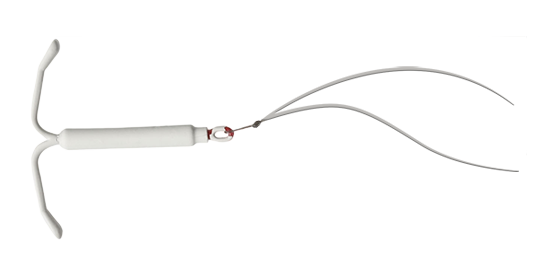
The IUD is a little, t-shaped piece of plastic that gets put in the uterus and mess with the way sperm can move which prevents fertilization (sperm and egg meeting). Sounds a little odd, but it works like a charm. There are five kinds: LILETTA, Mirena, ParaGard (non-hormonal), Skyla and Kyleena. They offer years of protection—between three and ten , depending on the type.. They are also reversible, so if the user decides to get pregnant later, they simply need to have it removed. Previously, IUDs were only recommended for people who had previously had a pregnancy, but that is no longer the case. A person does not need to have previously experienced pregnancy in order to use an IUD. Talk to your health care provider to learn more and remember, any birth control decision such as the IUD should be a fully informed decision free of coercion.
IUDs are long lasting and won’t interrupt the moment – and are either hormonal or non-hormonal.
It’s one of the most effective methods.
99%
99%
Spotting and irregular or heavy bleeding may occur in the first 3-6 months, but then periods may be come shorter or even stop.
Inserted once and lasts for years.
You need to see a doctor for insertion. Find your local health center here.